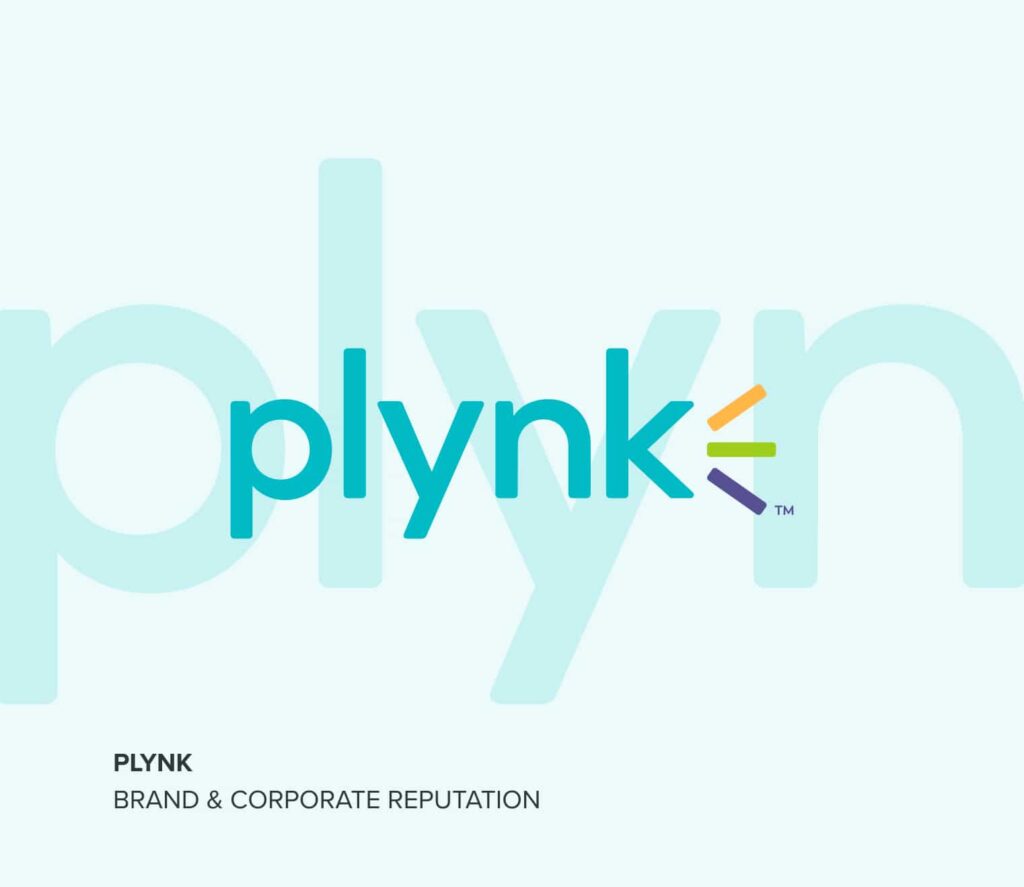A recent news item noted – rather breathlessly, too – that big banks are pouring money into fintech. Goldman Sachs, Citibank, and J.P Morgan seem to have become great fountains of venture capital for the whole area. They are not alone either. Morgan Stanley, Wells Fargo, Bank of America, and PNC Financial have also done buying and investing in fintech. This particular article suggested that the banks are searching for investments because low interest rates have made their traditional business lines less profitable. There may be some truth to that claim, but the real reason goes to something more basic, as smaller regional banks have long-since demonstrated.
The clear fundamental in all this, whether with the big banks or the smaller regionals, as they are called, is that fintech and established finance need each other. Each has advantages that the other lacks, making some kind of symbiotic arrangement hugely appealing. That symbiosis might emerge for acquisitions of one kind or another or through contracted business partnerships or broader associations. The picture has changed remarkable from some years ago when established finance and fintech competed head to head. Now the scene has become one of alliance.
The transition began with smaller regional banks. Until the 2008-09 crisis, these regionals had a lock on local consumer and small business lending. After the crisis, both prudence and tightened banking regulations limited how much the banks could lend to riskier credits and made the whole process of borrowing and lending more time consuming and cumbersome than in earlier years.
Frustration with this situation left a perfect opportunity for the then brand new and unregulated fintech operations.
Early on, crowd-financing operations filled the lending need the banks could not. They attracted borrowers who otherwise only heard the word, “no” from established sources of credit, even as they attracted lenders who hungered for the higher interest rates that lesser credits would pay and that they could not get through established financial institutions. The cumbersome and protracted application process at legacy banks also opened the field to tech-driven screening techniques that not only hurried the process for borrowers and made it less burdensome but also ferreted out the banks most likely to lend. These are only some of the dizzying (sometimes dazzling) array of fintech solutions that took a large proportion of the business that regional banks previously had all to themselves.
While the process remained young, it began to look as though fintech would replace regional banks. In time, however, limits to the process became apparent. The regional banks quickly saw that the old ways would no longer work and that fintech was onto something valuable. The banks coveted the speed and flexibility of their new, more tech-savvy rivals. At the same time, some fintech firms realized that they faced limits on their ability to raise lending capital. It seems that even in the cyber age, collecting deposits and administrating transactions remain the most effective way to raise large pools of money. Such complementary needs have resulted in some acquisitions but mostly networking arrangements in which a given bank gains the data, screening, and intelligence resources of several fintech companies, while each fintech firm gains the financial resources of several banks. This process continues to build.
Now the big banks have gotten into the act. Unlike their smaller regional cousins, these big players are using their greater financial resources to gather benefit from direct acquisitions and venture capital arrangements that give them more control. In some cases, they gain ownership or what amounts to ownership in arrangement that seem to keep the fintech firm separate. In other cases, they fold newly acquired fintech operations into something that resembles an internal department. J.P. Morgan, for instance is building a new fintech company in Palo Alto for its own development and its acquisitions. Others are using acquisitions simply to get the technical and imaginative talent on board. Such “acqui-hires,” as they are called, have become a popular way for Goldman Sachs, for instance, to populate its Marcus fintech area. If the more monied interests are going about this in a more aggressive way then their poorer, regional cousins, they are effectively trying to accomplish the same thing. In these cases, however, the fintech firms involved are looking less for growth opportunities than simply a way to cash out.
The growth in deals between money center banks and fintech firms is impressive. Their number has risen as much as 180% over the last year, albeit from a low member. Fintechs specializing in payments and settlements have taken the most money so far, followed by specialists in capital markets and data analytics. Surprisingly given the media focus, blockchain deals so far have had only a minor presence. No doubt as understanding in this promising area increases and people feel more secure, acquisitions and investments in distributed ledger will increase, especially given the huge applications blockchain promises to have in real estate and insurance. Unlike their smaller banking cousins, and small-to-mid-sized business generally, the big banks have shown less interest in systems for regulatory compliance, what those in the area refer to as “regtech.”
Given recent trends, some might have a temptation to reverse the takeover forecasts of some years ago. They might project that legacy finance will take over fintech some day soon. That would be a mistake. Such a projection would miss the clear potential, long-since demonstrated, that there is no end to the potential for new applications (new startups) that can improve on existing arrangements, no matter how new or revolutionary yesterday’s acquisition or partner looked.


